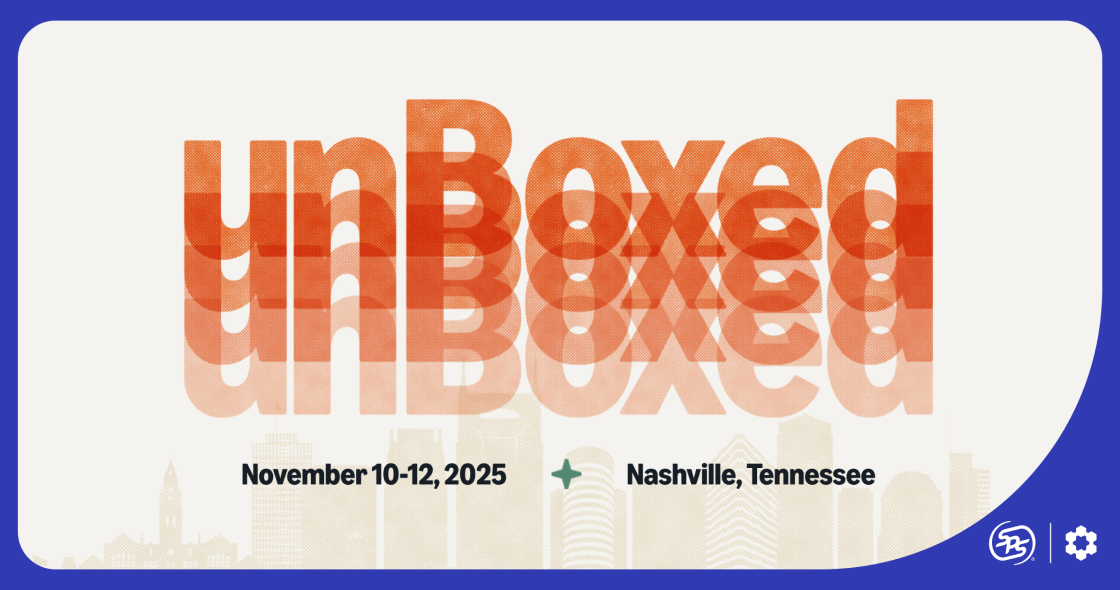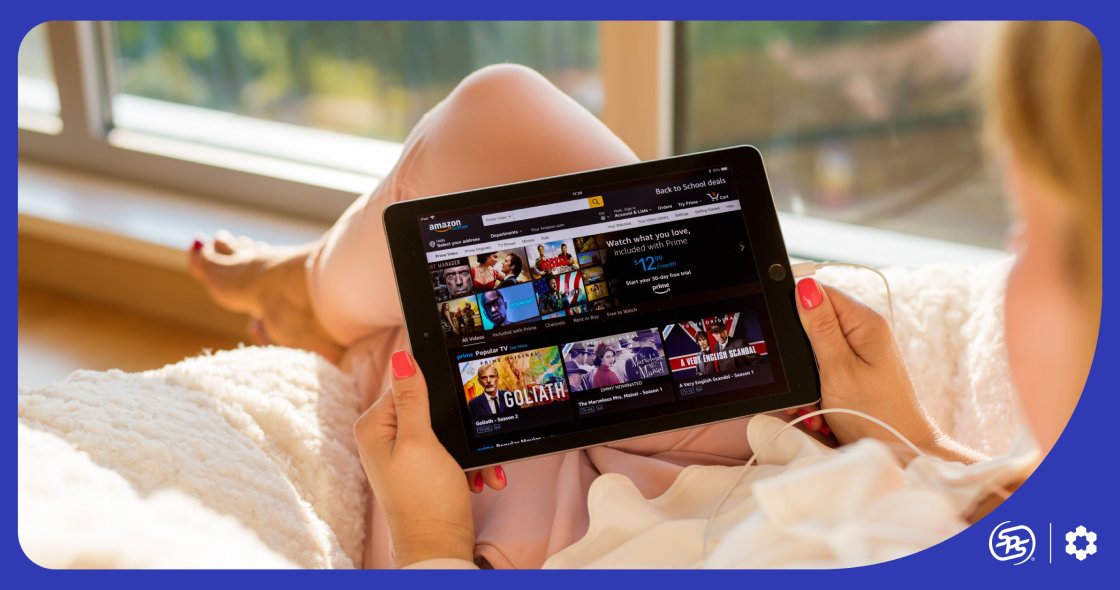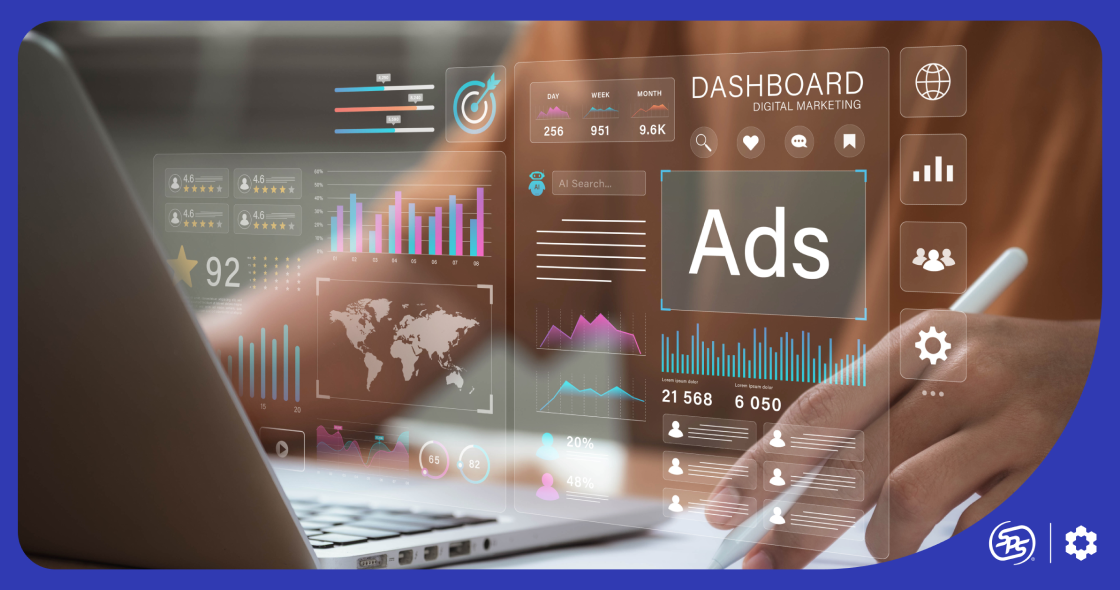Top Seller News This Week
The summer retail showdown is in full swing, with Amazon’s expanded Prime Day setting off a wave of extended, inclusive sales and strategic ad moves across the industry.
- Retailers launch extended, inclusive sales to compete with Prime Day: Walmart, Target, Best Buy, and TikTok Shop have timed their summer sales around Prime Day, creating a competitive mid-July retail rush. While Amazon keeps deals exclusive to Prime members, rivals offer open access for all shoppers with early perks for loyalty members. TikTok Shop bookends Prime Day with a 13-day event powered by livestreams and influencer-driven promotions.
- Ad budgets stretch alongside sales calendars as brands weigh risk vs. reward: Amazon is pushing brands to double ad spend during Prime Day, but many remain cautious due to inflation, tariffs, and ad fatigue.
Clearly, Prime Day has evolved from just Amazon’s event into the centerpiece of a high-stakes, mid-year battle for consumer dollars.
How Retailers are Turning July into a Summer Sales Marathon
Amazon’s move to lengthen Prime Day 2025 to four days (July 8-11) triggered an industry-wide retail sales event, according to Marketplace Pulse. Retail giants like Walmart, Target, Best Buy, and emerging platforms such as TikTok Shop have strategically scheduled their sales events around Prime Day, effectively transforming mid-July into an unofficial “Summer Shopping Week.” A few examples include:
- TikTok Shop’s “Deals for You Days” running from July 7 to 19, bookending Prime Day with the longest sale period, leveraging influencer-driven livestreams to engage younger shoppers.
- Walmart’s “Walmart Deals” extended to six days (July 8–13), increasing from four last year and aiming to attract both in-store and online shoppers.
- Target’s “Circle Week” from July 6 to 12, overlapping with Prime Day and emphasizing back-to-school shopping with teacher discounts and stable pricing.
- Best Buy’s revival of “Black Friday in July” from July 7 to 13, adding to the crowded promotional market.
This clustering of sales dates is far from accidental. Retailers recognize that fighting Amazon’s timing head-on is less effective than leveraging it, turning what was once an exclusive Prime member event into a broad industry-wide sales season. While Amazon maintains exclusivity by limiting Prime Day deals to over 200 million paying members, Walmart and Target open their events to all shoppers, using early loyalty perks to entice deal hunters who might otherwise join Amazon Prime.
Tariffs and Other Economic Factors Shape Participation
Economic pressures like rising tariffs on Chinese imports are causing some third-party sellers to pull back from Prime Day, benefiting retailers with domestic supply chains such as Walmart. In response, Amazon has expanded Prime Day and strengthened its logistics, with analysts predicting US shoppers will spend $23.8 billion in 2025 (a 24% increase from last year) driven by AI-powered deals and exclusive offers.
Extended Sales Windows Help Retailers Manage Competition and Logistics
Retailers are extending sale periods not only to compete for consumer attention but also to ease pressure on their fulfillment networks and avoid direct, one-day pricing battles. Longer campaigns give shoppers more flexibility to budget and browse, reduce website congestion, and allow more time to process and ship the increased order volume.
For sellers on Amazon’s marketplace, the extended event offers more days to capture sales but with more cautious discounting amid tariff uncertainties and rising costs. As Gartner analyst Brad Jashinsky points out in his interview with Retail Brew, expanding the sale window helps sellers stretch their budgets and messaging while giving consumers time to prepare their purchases.
All these signs show that Prime Day has evolved from a two-day Amazon celebration into a sprawling summer sales marathon, as retailers actively collaborate, whether intentionally or competitively, to dominate July shopping. Sellers face a more complex but potentially rewarding environment. The key to success is strategic planning, flexible pricing, and savvy shopping to make the most of this expanding retail event season.
Amazon’s Prime Day Advertising Strategy: Double Ad Spend & Higher Influencer Commissions
With extended Prime Day, brands have faced more pressure to boost visibility and sales. Amazon urges higher ad budgets and rewards influencers with bigger commissions, while competition from other retailers intensifies.
Amazon’s Ad Spend Push: Double Down to Stand Out
According to AdWeek, Amazon has been recommending some brands boost daily ad spend by 25% before and after Prime Day, and by 100% during the event—adding up to 25% of a monthly budget each day. This is a major jump from last year, where the two-day event accounted for about 44% of a monthly budget.
Balancing Caution with Opportunity
Despite Amazon’s push, many brands are cautious due to economic uncertainties. Advertisers recognize that while the event is longer, brands should not expect a proportional increase in sales. Some are even bringing their ad dollars to rival platforms like Walmart and Target, which are hosting overlapping sales.
Historical Context Shows this Isn’t New
CNBC reported that Amazon requested advertisers to double spend during Prime Day as far back as 2019, highlighting that this aggressive ad strategy is part of Amazon’s broader play to dominate mid-year retail.
Boost your Amazon rank with our Organic Ranking white paper. Our latest guide delivers smart, straightforward strategies for enhancing organic rankings through external traffic, listing optimization, and paid ad campaigns. Download your free ranking guide now.
Influencers Get a Bigger Slice of the Pie
To complement its push for brands to double their ad spend, Amazon is also incentivizing influencers with higher commissions during the extended Prime Day period.
According to an AdWeek report, commissions have doubled in select categories (e.g., beauty and grooming increased from 3% to 6%, while jewelry rose from 4% to 8%) running from July 1 to 20. The four-day format gives creators more flexibility, allowing them to spread out their content, focus on specific product categories each day, and even produce mid-event unboxing videos to boost engagement.
For many influencers, like Kellyn McMullan, the increased commissions help justify the added workload, especially when combined with brand-specific bonuses that push earnings even higher.
For brands, investing more in Prime Day ads can improve visibility, but ROI matters most. Amazon’s budget push requires close performance tracking, while influencer partnerships offer organic reach, especially in beauty and lifestyle. With inflation and tariffs in play, brands must balance discounts with protecting margins.
Drive high-converting external traffic to your Amazon listings with PixelMe, our AI-powered external traffic solution. Boost your organic rank, maximize ROAS, and unlock Amazon’s Brand Referral Bonus program with ease. Get your free ASIN audit now.
Other Seller Updates This Week
1. Jeff Bezos Sells Nearly $666 Million in Amazon Stock
Over two days in July, Amazon’s founder sold almost three million shares valued at $665.8 million, as part of a plan to offload up to 25 million shares by May 2026. This sale follows shortly after his lavish $50 million wedding to Lauren Sanchez in Venice.
2. Rufus Marks One Year with Mixed Results
Rufus, designed to quickly answer product questions, shows some improvement but often falls short with limited links and a focus on Amazon’s own products. Users find traditional browsing easier, yet Amazon sees Rufus as boosting profits and has been investing in its AI ahead of Prime Day.
Tips to Win During the Summer Sales Surge
Whether you’re competing directly on Amazon or adjusting your strategy to account for overlapping retail events, success hinges on agility, planning, and performance tracking. Here are a few ways you can adapt:
- Prioritize ROI over spend: Only scale ad budgets if returns justify the cost. Track performance closely to ensure your dollars are driving meaningful results.
- Leverage influencer momentum: Tap creators in key categories to boost reach with Amazon’s higher commissions which will be available through July 20 even after Prime Day dust settles.
- Use extended timelines: Spread out deals to ease logistics and make real-time pricing adjustments. If selling on other platforms, focus on those with sale dates that extend beyond the Prime Day window, such as Walmart and TikTok Shop.
- Adjust for economic pressures: Focus discounts on high-margin or domestically sourced items.
- Think beyond Prime Day: Use the event to build rank, reviews, and long-term sales momentum.
For nearly four years, we’ve kept sellers informed with our Amazon Sellers Newsletter, publishing over 200 issues packed with policy changes, announcements, and community events. Subscribe or share with your team to get these insights delivered weekly.








